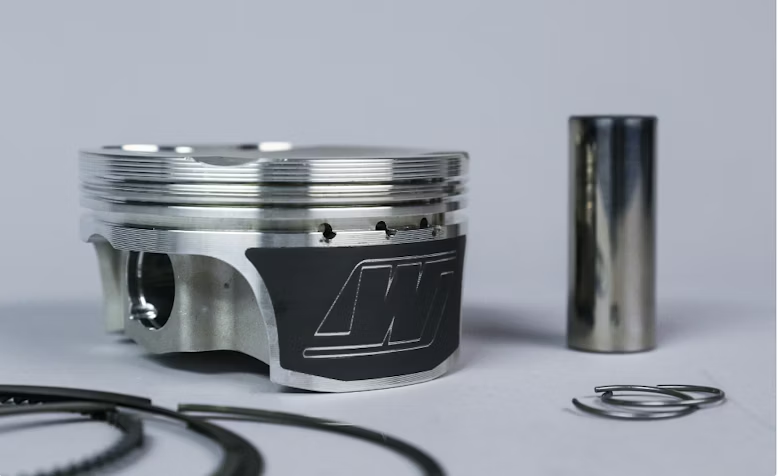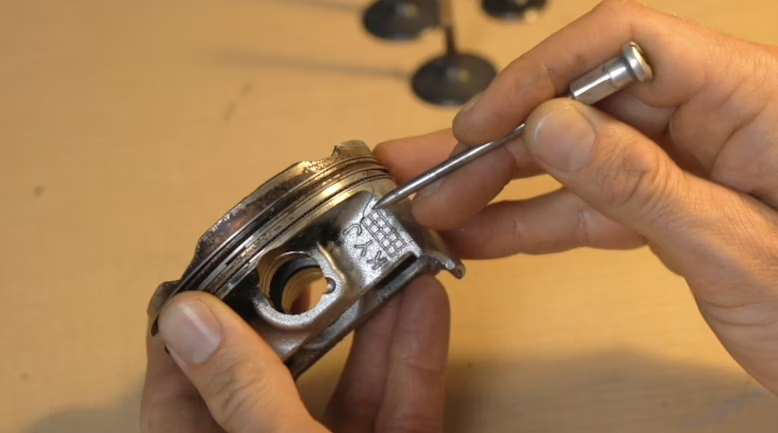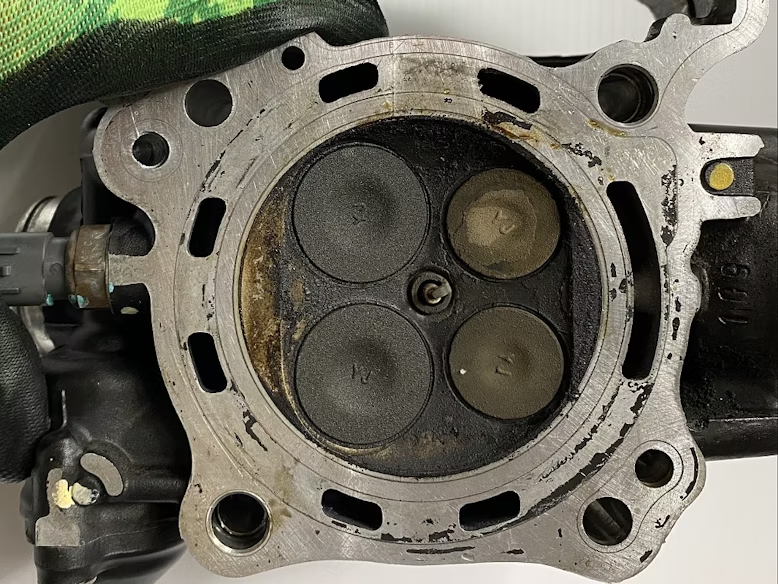TECH TIP TUESDAY - Should you run high-octane gas in your motorcycle?
When you pull up to a gas pump, you’ve got three options: regular, mid-grade, and premium. Which should you choose for your motorcycle, and does it make a difference?
By Ari Henning Courtesy Revzilla
Your standard North American gas station offers regular, labeled as 87 octane, mid-grade which is typically 89, and premium which is often a 91 or 93 octane fuel (using the (R+M/2) method of averaging the motor octane rating and research octane rating methods). When it comes to the octane number, many people think it’s an indication of the gasoline’s power density, and that a higher octane gas will net more horsepower, get better mileage, or offer better throttle response.
Not quite. I mean, it’s an easy connection to make given all the High Octane Cafes, High Octane Crossfit gyms, and other brands and products that use the “high octane” label as a way to convey potency. However, high-octane gas alone does not yield more power, unless it’s preventing detonation, which is also known as engine pinging or knock. The higher the octane, the more resistant the fuel is to detonation.
To understand what detonation is and why you want to avoid it, let’s talk about the combustion process for a moment. Under normal conditions the spark plug ignites the fuel mixture and the flame front spreads evenly throughout the combustion chamber, as illustrated in the video below. At 5,000 rpm, combustion happens 40 times per second.
In a detonation situation, there’s spontaneous ignition somewhere in the combustion chamber after the plug fires. It’s a renegade flame front (highlighted in the video below with a red ring), and it’s bad news. When the two flame fronts collide there’s a massive pressure spike in the cylinder that presents itself as a pinging or knocking noise. The detonation shock wave hammers the piston and can crack the piston crown, deform ring lands, collapse rod bearings, and cause all sorts of other damage. It also robs power by confounding the combustion process, but that's the least of your worries.
Detonation is more likely to occur when the fuel/air mixture is squeezed harder, which is exactly what performance engines, with their high compression ratios, advanced ignition timing, and sky-high rev limits, do. So while high-octane gas and horsepower go hand-in-hand, the premium gas isn't making more power, it’s simply allowing the engine to work harder without it getting rattled apart by detonation.
It’s like drinking a protein shake: If you do it in conjunction with a kick-ass workout, it helps you build muscle. Whereas drinking it without getting off the couch will fill your tank, but won’t do you much good otherwise.

Fuel grade needs to match an engine's state of tune. If your bike calls for regular, then there's no need to fill up with higher octane fuel unless you've modified your engine in a way that makes detonation more likely, such as installing a high-compression piston. Photo by Wiseco.
If you’re wondering what octane fuel to use in your bike, it’ll be listed on the sticker on the gas tank, or you can find it spelled out in your owner’s manual. Whatever the manufacturer recommends is what you should stick with, because that’s what your bike was designed to burn.
And if you’re running premium in a bike that calls for regular because you think it’ll make more power or net you more miles per gallon, you’re wasting your money. The only reason you would need to upgrade your gas is if you’ve installed high compression pistons or advanced your ignition timing or done some other mod that’s going to increase combustion pressure and heat. Even then, unless your engine is knocking on 87 octane, it’s not going to make more power or run any better on 89 or 93.
On the flip side, if you’re thinking of going cheap and putting regular in a bike designed to burn premium, you’re at risk of engine damage. Some modern, high-performance bikes are equipped with knock sensors, but most aren’t. However, if you’re forced to fill up on sub-par fuel for some reason, don’t freak out. Just avoid high load and high-rpm riding until you can add an octane booster or fill up with the correct grade gas.

Detonation is destructive and can quickly lead to serious engine damage like cracked piston crowns and skirts, collapsed ring lands, and crank-bearing failure. Photo by Spenser Robert.
All that being said, there’s more to fuel grades than just the octane rating. As you go up in octane, you also go up in additive concentration, namely detergents designed to keep your injectors, valves, and piston crowns clean. The idea here is that a vehicle engineered to run on high-octane gas is likely built to a higher state of tune, so internal cleanliness is essential for proper performance.
There’s a minimum concentration requirement for detergents, and about 50 percent of retailers only put in the minimum. This is usually what you find sold at no-name, discount stations, and it can lead to carbon buildup on your piston crowns, combustion chambers, and valves, which, in the long run, will impede your engine’s performance.

Premium gas contains more detergents, so occasionally filling up on high-octane, Top Tier fuel can help remove carbon deposits like those in this combustion chamber. Photo by Ari Henning.
Then there’s Top Tier fuel, which is what most big-name retailers carry. Top Tier fuels contain a higher concentration of detergent additives — 2.5 times more at minimum for all grades of gas, with some station’s premium using seven times the required amount. So if you frequent the quickie mart for discount regular gas, the occasional tank of premium from a name-brand, Top-Tier retailer may do your engine some good.
In summary, more octane does not mean more power, unless your engine has been modified to take advantage of a high-octane fuel’s anti-knock index. However, premium gas does have a higher concentration of detergents, which can keep your engine cleaner, which in the long run will help sustain power, mileage, and throttle response. So go ahead and fill up with premium if it makes you feel better, just don’t think that it’s making your bike any faster, OK?
SOURCE: Revzilla
Disclaimer:
As a service to the sport we all love and follow, Biker Life posts numerous media releases from a wide variety of sources on our website. Due to the large number, and sometimes short time available, it is nearly impossible to review each public release. These articles are written by reporters, writers or press officers who work for various organizations, event organizers, teams, drivers, riders, and other parties, and they do not necessarily reflect the opinions of Biker Life.